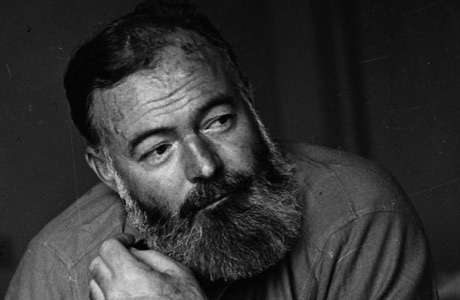Our Feature Writer of the month is Toni Morrison, a contemporary Afro-American novelist—still living—who was awarded the Pulitzer Prize in 1988 for her novel, Beloved, and the Nobel Prize for literature in 1993.
 She was born “Chloe Ardella Woffard” in 1931 to a working-class family in Lorain, Ohio, but changed her name to “Toni” after St. Anthony when she became a Catholic at the age of 12. She did not always aspire to becoming a writer, but dreamed instead of becoming a book publisher and university teacher. She studied English at Howard University and then attended graduate school at Cornell University, where she wrote a thesis onWilliam Faulkner and Virginia Woolf before returning to Howard as a professor. Her first novel, The Bluest Eye, was the result of a creative writing exercise she pursued while participating in a poetry group at Howard.
She was born “Chloe Ardella Woffard” in 1931 to a working-class family in Lorain, Ohio, but changed her name to “Toni” after St. Anthony when she became a Catholic at the age of 12. She did not always aspire to becoming a writer, but dreamed instead of becoming a book publisher and university teacher. She studied English at Howard University and then attended graduate school at Cornell University, where she wrote a thesis onWilliam Faulkner and Virginia Woolf before returning to Howard as a professor. Her first novel, The Bluest Eye, was the result of a creative writing exercise she pursued while participating in a poetry group at Howard.
Morrison’s first efforts as a writer did not meet with immediate success. More committed to establishing a venue for Afro-American authors in American publishing, Morrison left Howard to work at Random House and, eventually, to teach at Yale University. Her own novel-in-progress did not meet with much encouragement and so took her ten years to finish writing. Influenced by the Afro-American folk tales her father used to tell her, and the stream-of-consciousness of Faulkner and Woolf, her mythical story of a black child longing to have blue eyes like the white child-star Shirley Temple was too fresh and original to fit with the expectations of mainstream publishing.
Despite or maybe because of the misunderstanding her work met, the plight of the The Bluest Eye stirred up Morrison’s own confidence and sense of herself as a writer. When it was finally published in 1970, her powers as a writer were unleashed and in quick succession she wrote many of the novels she’s come to be known for: Sula (1973), which was nominated for the National Book Award, Song of Solomon (1977), a best-seller that brought her national recognition, and ultimately Beloved (1987) which won the Pulitzer Prize and the American Book Award and led to her nomination for the highest literary acclaim of all: The Nobel Prize (1993). Her subsequent novels include: Jazz (1992), Paradise (1997), Love (2003), A Mercy (2008) and Home (2012). Beloved was made into a successful feature film in 1998.
Her novels are not an easy read as she explores multiple and shifting points of view and the poetic cadences of Afro-American dialect in an attempt to rewrite history from the sensibility of her oppressed ancestors.
Morrison has received the highest accolades as a writer and is also credited with founding the prestigious Princeton Atelier at Princeton University, a workshop that brings students into contact with established and well- renowned artists. Now in her 80s, she continues to influence young writers through her position as Writer-in-Residence at Oberlin College.




